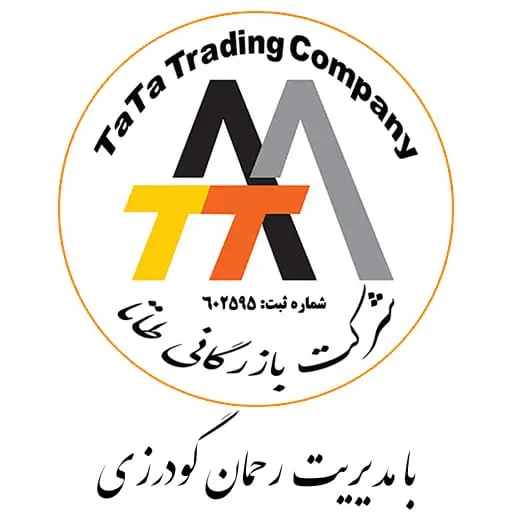Import from China
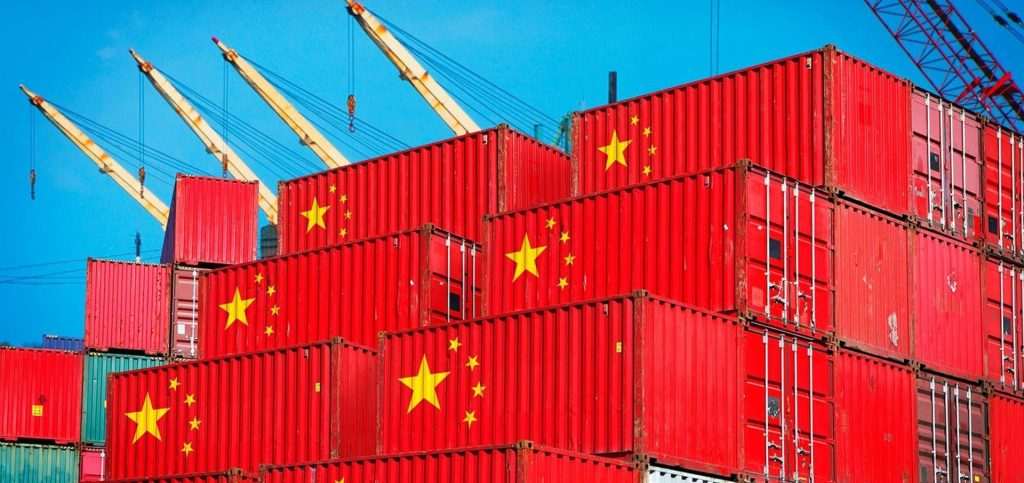
Import from China (Challenges and Opportunities)
China is Iran’s main trading partner, and the majority of imports to Iran come from this country. Iran also exports to China, and bilateral trade between the two nations has consistently existed. A significant portion of Iran’s foreign trade is dominated by China, and Chinese products and goods are present in all domestic markets, from household items to industrial products.
The use of skilled labor, advanced technology, and low labor costs has made trade with China one of the most cost-effective methods for many merchants in international trade. Additionally, due to the reduced intensity of Iran’s commercial exchanges with other countries, imports from China have increased in recent years, prompting many traders to engage in business with China. Trading with China is a good starting point for newcomers and beginners, as the country’s commercial and economic position is well-established due to its high volume of exports and imports between Iran and China.
Volume and Extent of Import from China to Iran
According to the latest statistics provided by the Iran Trade Development Center, the volume of imports from China to Iran increased by 11% in 2022 compared to 2021. This indicates a continuous growth in financial and commercial exchanges between Iran and China. Iran also exports to China, holding approximately half a percent of the Chinese market for products and raw materials. Chinese goods offer more attractive features and cost-effectiveness compared to Western products, significantly meeting the needs of Iranian customers.
Nearly a quarter of Iran’s domestic market needs are supplied from China, and it is predicted that based on the policies of both countries, this amount increases every year. It may even double in the coming years. This prediction takes into account the cooperation agreement between Iran and China, as well as the sanctions imposed against both countries by the West each year. Many economic and trade experts emphasize this trend.
The main products exported from China to Iran include motor vehicles, communication and telecommunications equipment, electric motors, textiles, and fabrics. However, this amount changes annually as other products replace them, and the total value of imports, which currently stands at $10 billion, continues to rise year by year.
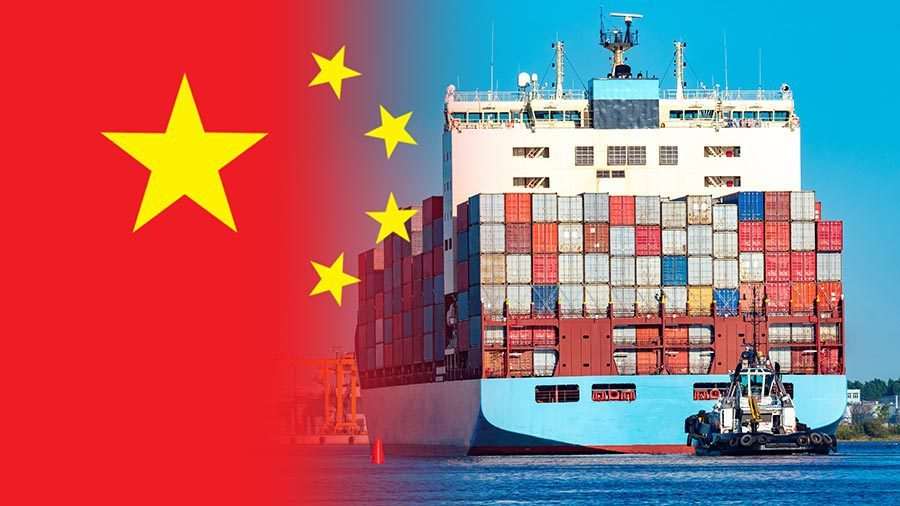
Why is trade with China beneficial?
Currently, due to the limited trade relations between Iran and other countries and the existence of economic sanctions, China is Iran’s largest trading partner. Trade with China has seen significant growth in recent years for the following reasons:
Product Quality: China offers a wide range of products with varying quality levels. From basic goods to advanced technology, Chinese products cater to different market segments.
Cost-Effectiveness: Chinese goods are often competitively priced, making them attractive for importers. Lower production costs in China contribute to these cost-effective prices.
Product Variety: China produces an extensive array of products, from consumer electronics to industrial machinery. This diversity allows Iranian businesses to find suitable products for their needs.
Import Efficiency: China’s efficient supply chains and logistics enable swift imports, ensuring a steady flow of goods into Iran.
In summary, trade with China provides Iran with access to quality products, competitive prices, diverse options, and efficient import processes.
Import Steps from China
Due to its massive production of various goods and products, China accounts for 20% of the world’s total imports. Therefore, if you intend to import from China, one of the challenges you’ll face is researching the market and finding suitable and profitable products. For this reason, it’s essential to seek guidance from trade consultants specializing in import and export affairs with China. In general, the import process from China includes the following steps:
- Review Import Regulations and Laws from China
- Select Products and Identify Suitable Suppliers in China
- Evaluate and Choose Transportation Methods
- Place an Order and Make Payment
- Prepare and Send a Proforma Invoice
- Select a Transportation Company
- Pay Transportation Costs
- Issue an Import Proforma Invoice
- Prepare an Import Declaration
- Pay Customs Fees
- Receive Goods
Tata Trading Company, throughout all stages of importing goods from China, including market research and sourcing, to order placement and customs clearance, is by your side to facilitate the smooth import of your goods through Iranian customs.
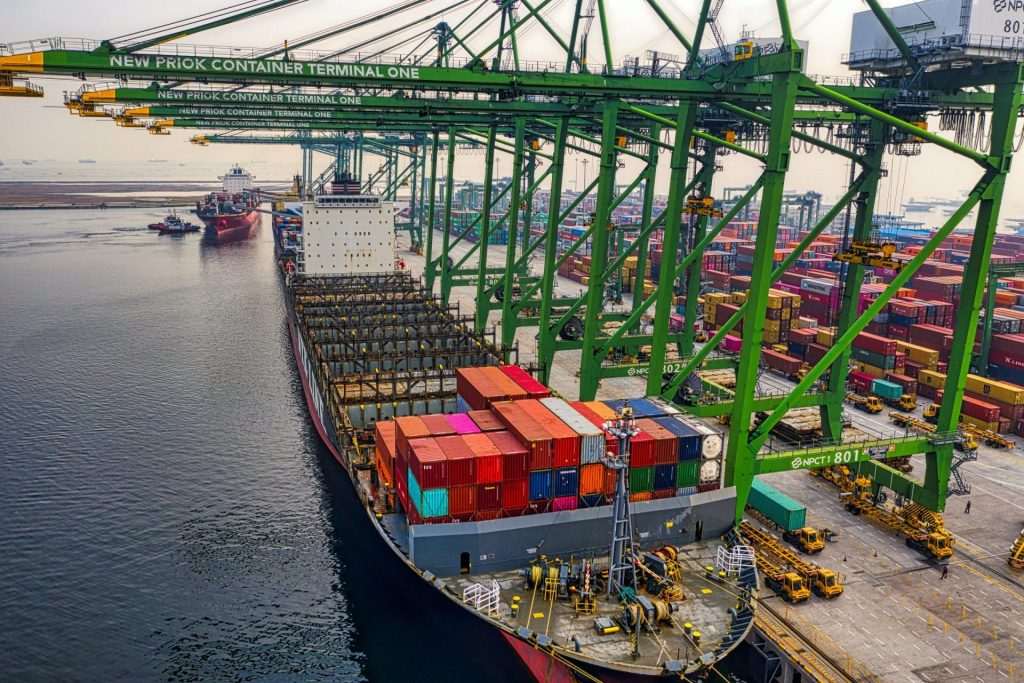
Reviewing Laws and Regulations for Import from China
At this stage, you need to familiarize yourself with the regulations and laws related to importing goods and ensure that your product complies with the conditions and rules. To import goods from China to Iran, you should use relevant electronic systems, including the Ministry of Industry’s system, the health certificate system, and the information and documentation registration system. According to the laws, each product has a tariff code, and items are packaged based on this code. Specific regulations exist for each import category. Additionally, being aware of prohibited items is crucial to avoid wasting time and essential costs.
Selecting Goods and Identifying Suitable Suppliers in China
First, you need to identify the desired product. For this purpose, you can search on websites such as Alibaba, Made in China, and explore the Canton Fair exhibition website. After identifying the product, the next step is sourcing to find the right supplier for purchasing the goods. This process requires market research skills in both domestic and international contexts.
Reviewing and Selecting Transportation Methods
In this stage, you need to choose the desired international transportation method for transferring goods from China to Iran. Transportation methods vary based on the type, volume, weight of the cargo, and associated costs. Generally, there are two main methods for shipping goods from China: maritime transportation and air transportation. Sending cargo by air can be done through airlines such as IranAir, Mahan Air, Turkish Airlines, Emirates, and Qatar Airways. It’s worth noting that most air shipments to Iran arrive at Imam Khomeini International Airport either as consolidated cargo or LCL (Less than Container Load).
The Chinese ports considered as origins for transporting your cargo include: Guangzhou Port, Shanghai Port, Shenzhen Port, Ningbo Port, and more.
Importing from Guangzhou Port, China
Guangzhou Port is located in southern China and is considered one of the busiest ports in the world. Due to its proximity to industrial cities and easy access to other geographical areas in China, it is regarded as one of the most important import and export gateways for the country. Many essential goods for the global market, including electronics, food products, household items, clothing, and metal products, are exported through Guangzhou Port.
Importing from Shanghai Port, China
Shanghai Port is located in eastern China and is considered one of the most important gateways due to its central position in international trade and easy accessibility. Importing from Shanghai Port is widespread. The port is highly attractive for companies seeking to reduce transportation costs, thanks to its modern transportation infrastructure and cutting-edge technologies. It offers various transportation modes, including ships, boats, trucks, and trains, which can effectively transport goods to other geographical regions worldwide.
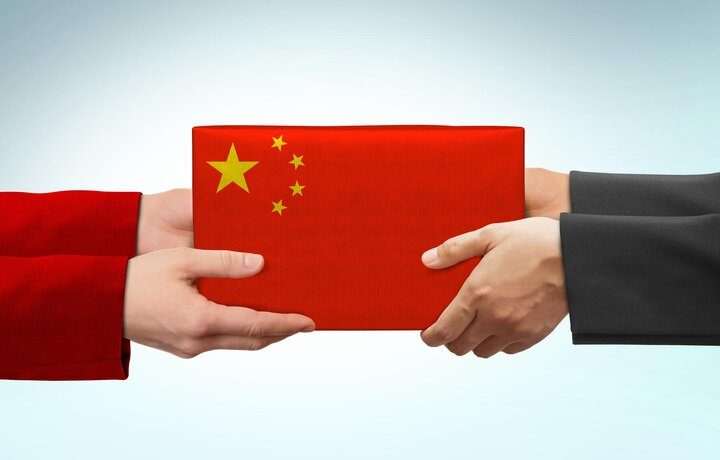
Order Registration and Payment
After selecting a supplier, transportation method, and reviewing import regulations and laws, you can register your order. If you have a commercial card, you can proceed with order registration. Otherwise, by requesting import services from Tata Trading Company, you can entrust the entire process of importing goods from purchase to clearance. Enjoy seamless and profitable business with us.
Preparing and Sending Proforma Invoice
Initially, you need to contact the Chinese seller and request a Proforma Invoice for your order. This Proforma Invoice includes information such as the product name, price, quantity, and delivery terms.
Choosing a Transportation Company
You need to select a transportation company for shipping goods from China to Iran. For this purpose, you can either use the website of the Islamic Republic of Iran Shipping Lines or opt for foreign shipping companies.
Payment of Transportation Costs
You must pay the transportation costs to the company. The transportation costs depend on the quantity, weight of the goods, and the type of transportation.
Issuing an Import Invoice
After paying the transportation costs, you need to obtain an invoice from the transportation company. This invoice includes information such as the quantity of goods, price, country of origin, destination country, company name, and your phone number.
Preparing the Import Declaration
You must obtain an Import Declaration from the EPL system and enter details such as the product name, price, quantity, and total payment amount.
Paying Customs Fees
When importing goods from other countries, customs and tax fees can be challenging for the importer. To pay these fees, you first need to calculate the amount for each of them.
Customs fees include items such as import taxes, customs duties, transportation costs, and insurance. These costs may vary based on the type of goods, their price, tax rates, transportation method, and the country of entry. You must submit these fees to the customs office. Typically, you’ll need a customs broker who has accurate information about the product specifications and the intended destination country to calculate these costs. Additionally, it’s important to note that some goods may be exempt from paying import taxes and duties based on the customs regulations of different countries.
Delivery of Goods
The final stage of importing goods from China is the delivery and storage of the merchandise. If the product does not meet the required standards, you can still clear it through customs and take delivery within one to two weeks.
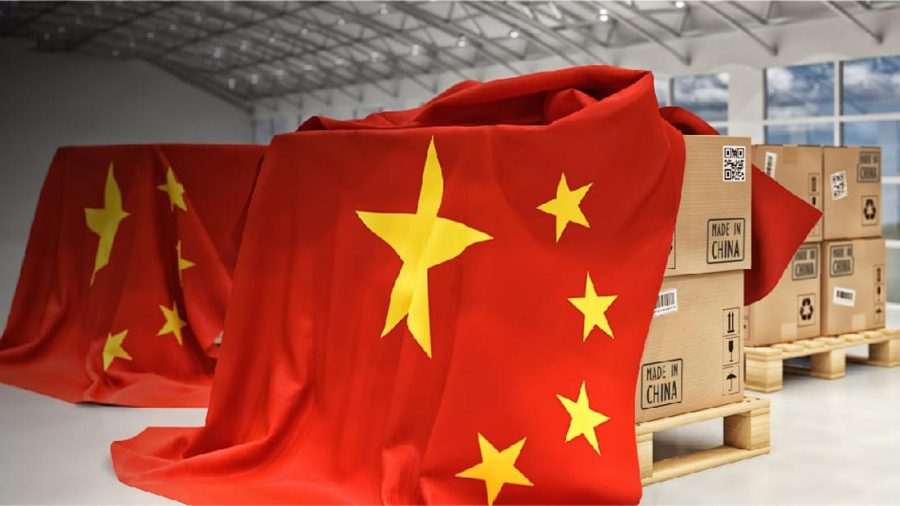
Transporting Goods from China to Iran
Transporting goods from China is also a step you need to take during the import process. Depending on the specifications of your cargo and other influential factors such as the desired timeframe and cost considerations, you can choose one of the transportation methods: air, sea, land, or a combination of these, to transport your goods from China to Iran. Prepare your cargo for customs clearance at one of the country’s customs offices. You can also utilize the services of Tata Trading Company. Once your goods, loaded from the factory gate or customs in China, arrive, you can receive them at your warehouse or company office in Iran. The only effort required during this process is to be present at the warehouse door to supervise the unloading of the cargo.
Customs Procedures and Goods Clearance
Obtaining the order registration permit for goods and taking the necessary steps for customs clearance is the next stage. After you have completed the steps for registering your order and paid the customs tariff, you can clear your cargo from customs provided you have the required documents and meet the necessary conditions. If you’re unfamiliar with this process, your goods may remain in customs indefinitely, and in some cases, they might not even reach the consumption stage—for example, if they have an expiration date. Therefore, this stage requires sufficient experience to clear your goods as quickly as possible.
Many of the above steps require that you be legally registered as an entity in both China and Iran and have a company presence in both countries. Establishing a company and an office in China is not a straightforward task, which is why individuals often rely on a reputable international trading company to handle all import stages, both domestically and internationally.
Cost of Importing Goods from China
The cost of importing goods from China to Iran depends on several factors, with the most important being the method of transporting goods from China to Iran. The factors that impact import costs include:
- Volume and dimensions of the goods
- Warehousing costs
- Chosen transportation method
- Goods inspection fees
- Customs expenses
- Order registration permit costs and allocated currency
- Contracts and cargo insurance expenses
In general, there is no uniform formula for determining the import tariff from China to Iran. However, you can take advantage of the maximum exemptions and discounts provided by the law for this purpose, thereby reducing the overall cost of importing your goods.
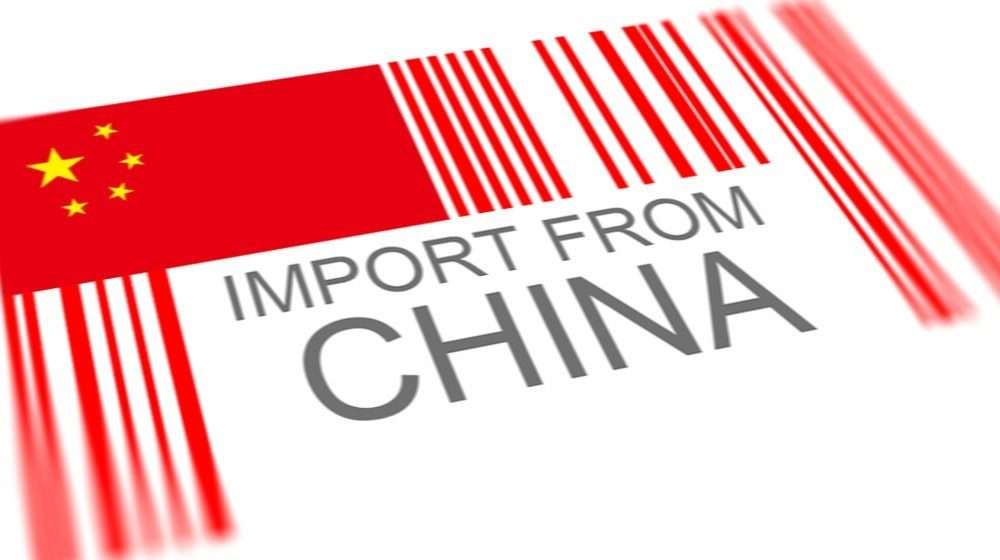
Minimum Capital for Import from China
If you want to import goods from China with the minimum capital, you need to consider the necessary costs for each section. For example, choose a product that is both affordable and has a volume suitable for import using an appropriate transportation method. When registering your order and clearing customs, also select a payment method that preferably does not require currency allocation or has a customs tariff close to zero.
Tax is another aspect that requires attention. If you want your goods to face lower tax costs, you must be very precise with timing, as delays can result in higher declared values and, consequently, more taxes. Make sure you are familiar with Iran’s tax and customs regulations, and minimize expenses in this area.
Another factor that can help reduce the required capital is minimizing processing costs. Any goods being imported into the country must have an import declaration. For example, if you electronically submit your declaration and seek advice from an experienced consultant, you’ll pay less.
In general, the final landed cost of the product and its profit margin ultimately determine the necessary capital. Many import costs from China are calculated as a percentage of the total cost of the item, so the lower the product cost, the lower the ancillary expenses. Now, it’s an art to choose a product that requires minimal initial investment while yielding substantial profits within the country.
Conditions and Required Documents for Import from China
If you meet all the following conditions, you can personally proceed with importing goods from China using your personal documents. However, if you don’t have any of these, you’ll need to either entrust that step to a reputable company or handle the entire process from scratch through your chosen company. For example, if you lack a trade card, you won’t be able to proceed with the subsequent steps. The necessary documents for importing goods include:
- Trade Card: This is essential for conducting import/export activities.
- Business Identification: Your business must have a valid identification.
- Bill of Lading and Warehouse Receipt: These documents confirm the shipment of goods.
- Certificate of Origin: It verifies the country of origin for the goods.
- Product Standard Certificate: Ensures compliance with quality and safety standards.
- Order Registration License for Goods: Required for placing orders.
- Proforma Invoice: Provides details of the transaction.
- Transportation and Shipping Documents: These include shipping invoices, packing lists, and other relevant paperwork.
- Packing List: Specifies the contents of each package.
- Other Relevant Documents: Depending on the specific circumstances, additional documents may be necessary.
Make sure to gather all the required paperwork to facilitate a smooth import process.
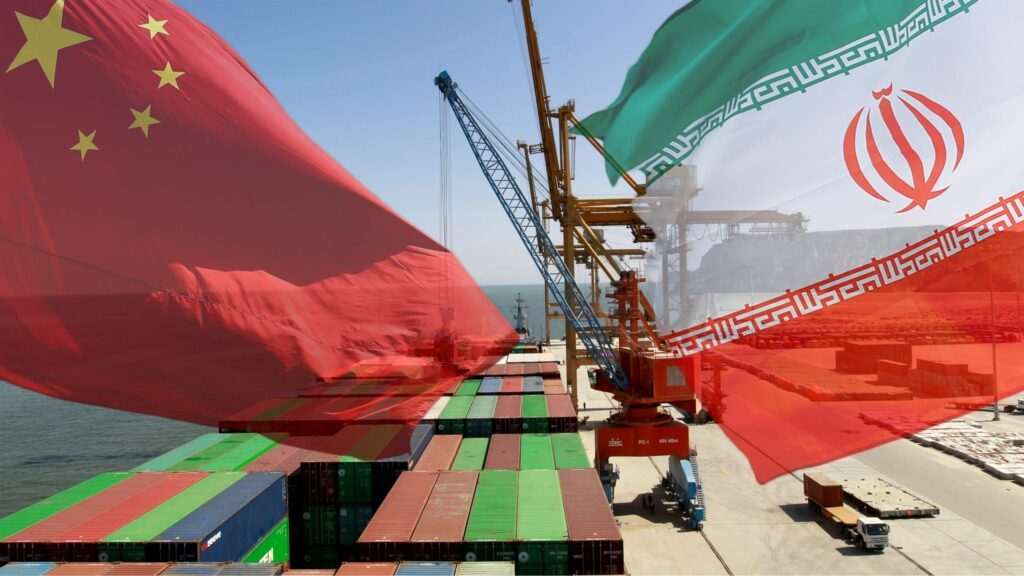
Import from China by Tata Trading Company
One of the activities of Tata Trading Company is importing goods from China. China, as the world’s largest economy and a major production hub, offers numerous opportunities for importing various products to Iran.
Tata deals with diverse areas, including automotive spare parts, computer components, mobile devices, household appliances, industrial machinery, clothing, food items, and construction materials, all imported from China. Given China’s extensive production volume and product diversity, Tatā can leverage its trade network to supply quality products at reasonable prices to the Iranian market.
Importing from China through Tatā not only contributes to domestic market development but also creates job opportunities and fosters economic growth. These activities can also strengthen trade relations between Iran and China.
